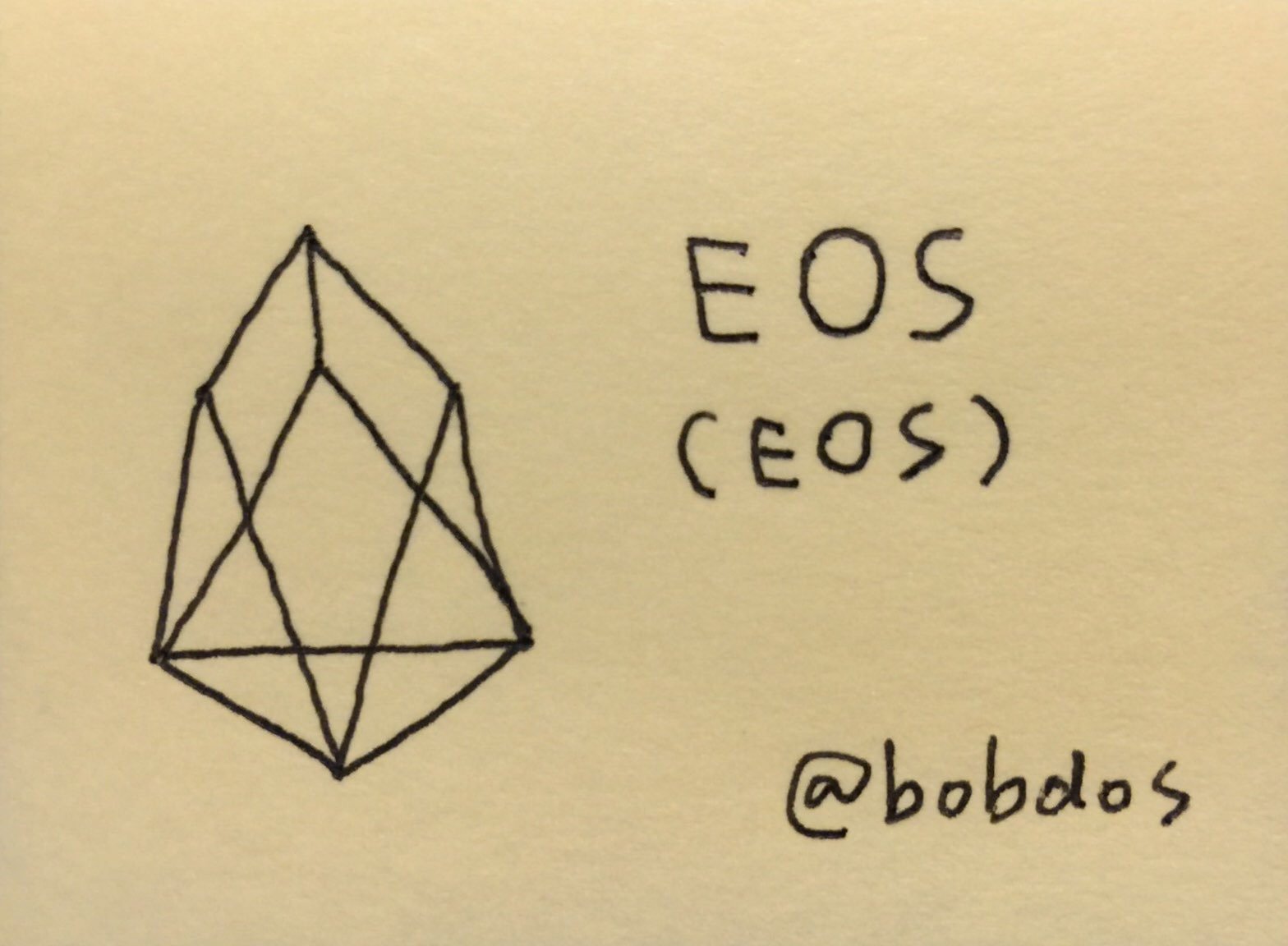Sketch Art - EOS ICON | 漫画涂鸦 - EOS图标

EOS Info: https://en.wikipedia.org/wiki/EOS_(cryptocurrency)
Based on a white paper published in 2017, the EOS.IO platform is currently being developed by a private company, block.one, to be released as open-source software on June 1st, 2018. The aim of the platform is to provide smart contract and decentralized storage enterprise solutions that solve the scalability issues of blockchains like bitcoin and ethereum, as well as eliminating all fees for users. EOS.IO accomplishes this by being both multi-threaded (able to run on multiple computer cores) as well using delegated proof-of-stake for its consensus protocol. It aims to be the first decentralized operating system (EOS.IO) that provides a development environment for decentralized applications like Steemit. The native token, EOS, is a utility token that provides both bandwidth and storage on the blockchain, in proportion to total stake (owning 1% of EOS tokens allows for usage of up to 1% of the total available bandwidth). EOS tokens also allow the owner to cast votes and participate in the on-chain governance of the blockchain, again in proportion to the owner's stake.
In order to ensure widespread distribution of the native token at the launch of the blockchain, one billion tokens are being distributed on the ethereum blockchain by block.one. This will provide a distribution that anyone can use to launch the EOS blockchain once the software is released, while the CEO of block.one, Brendan Blumber, announced that block.one will support the EOS.IO blockchain with over one billion USD in funding from the token sale.
On November 29, 2017, at BlockShow Asia Block.One revealed a publicly available testing environment called EOS.IO Single-Threaded Application Testnet (“EOS STAT”).
